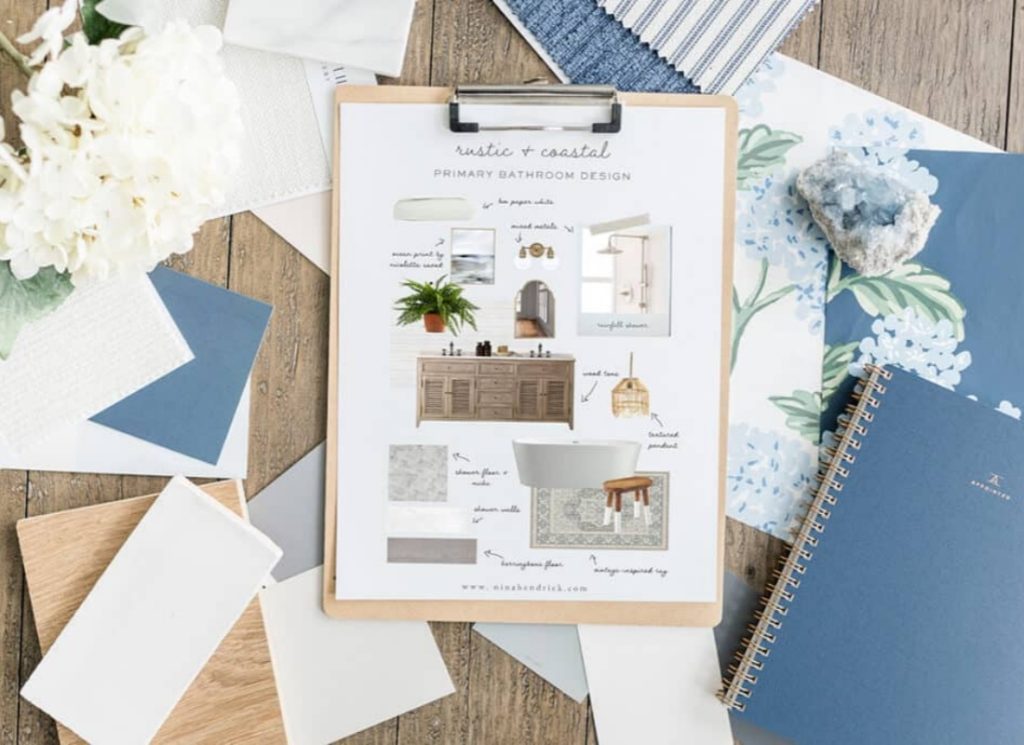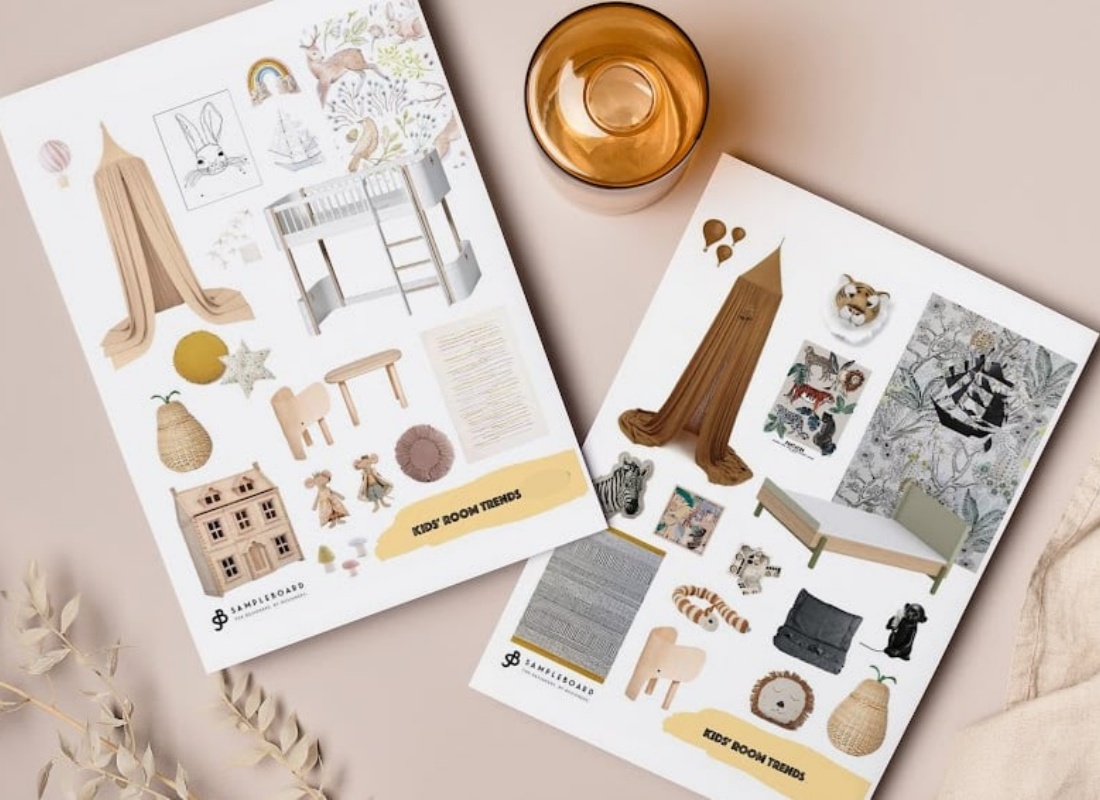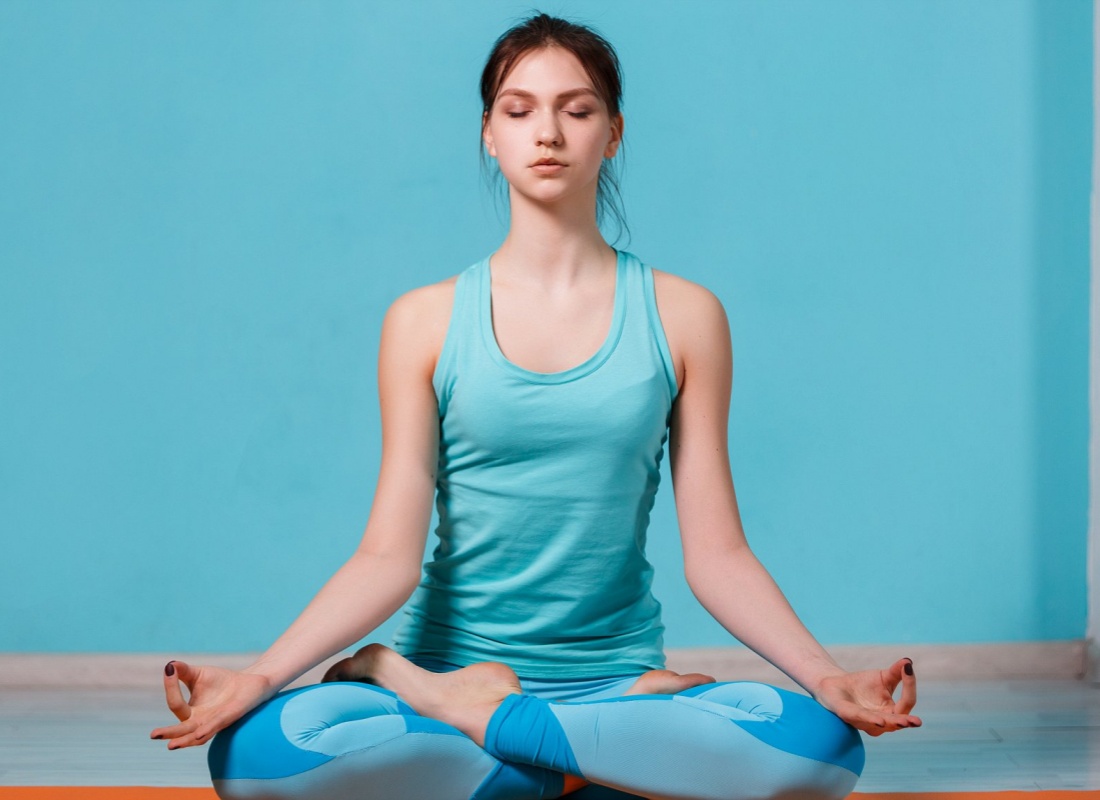Creating a mood board is an invaluable step in the design process, whether you are redecorating a room or planning a new project. A mood board serves as a visual representation of your ideas, helping to clarify your vision and guide your decisions. This tool is particularly beneficial for anyone looking to create a cohesive and harmonious space. Understanding its purpose and how to effectively use it can elevate your design endeavors.
The primary function of a mood board is to consolidate your thoughts and inspirations into a single visual format. By gathering images, color swatches, textures, and materials that resonate with your vision, you can create a collage that encapsulates the essence of your design concept. This process not only helps in defining your style but also assists in communicating your ideas to others, such as clients or collaborators. A well-crafted mood board can serve as a common language, bridging the gap between your creative vision and the expectations of others involved in the project.
One of the key benefits of using a mood board is its ability to spark creativity. When you visually arrange different elements, you may discover new connections and ideas that you hadn’t considered before. This exploration can lead to innovative solutions and a more refined design. Furthermore, mood boards serve as a reference point throughout the project, ensuring that your design remains aligned with your original vision. This is particularly important in collaborative settings where multiple stakeholders are involved.

To create an effective mood board, start by defining your theme or concept. Gather inspiration from various sources, such as magazines, websites, or even nature. Once you have a collection of images and materials, begin arranging them in a way that feels harmonious. Pay attention to color palettes, textures, and overall aesthetics. Digital tools like Pinterest or design software can also be useful for creating mood boards, allowing for easy adjustments and sharing. Alternatively, traditional methods using physical materials can provide a tactile experience that some designers find inspiring.
In addition to enhancing creativity, mood boards can also help in decision-making. When faced with choices about colors, materials, or layouts, referring back to your mood board can provide clarity and direction. This reduces the risk of making impulsive decisions that may not align with your overall vision. Moreover, mood boards can help in identifying potential challenges early in the design process, allowing for proactive problem-solving.
Mood boards are not just a trendy design tool; they are essential for successful project execution. By visually organizing your ideas, you can enhance creativity, maintain focus, and effectively communicate your vision. Whether you are a professional designer or a DIY enthusiast, incorporating mood boards into your workflow can lead to more cohesive and inspired designs. Embrace this powerful tool to transform your creative process and watch your ideas come to life with clarity and purpose.



